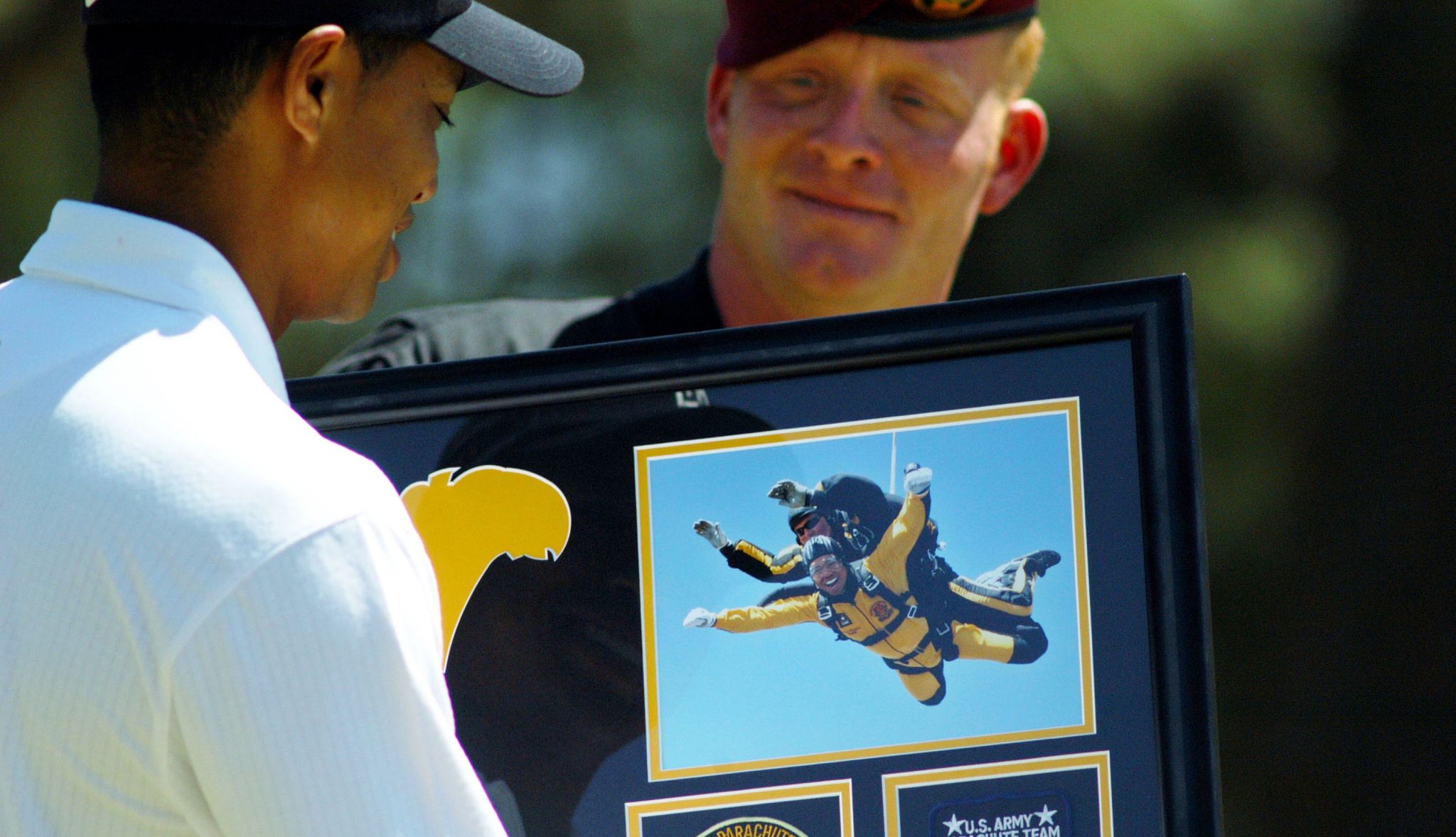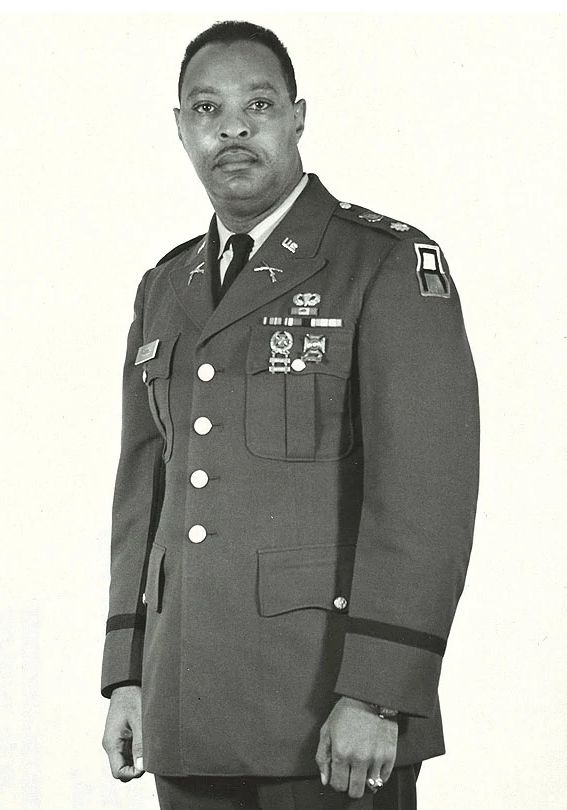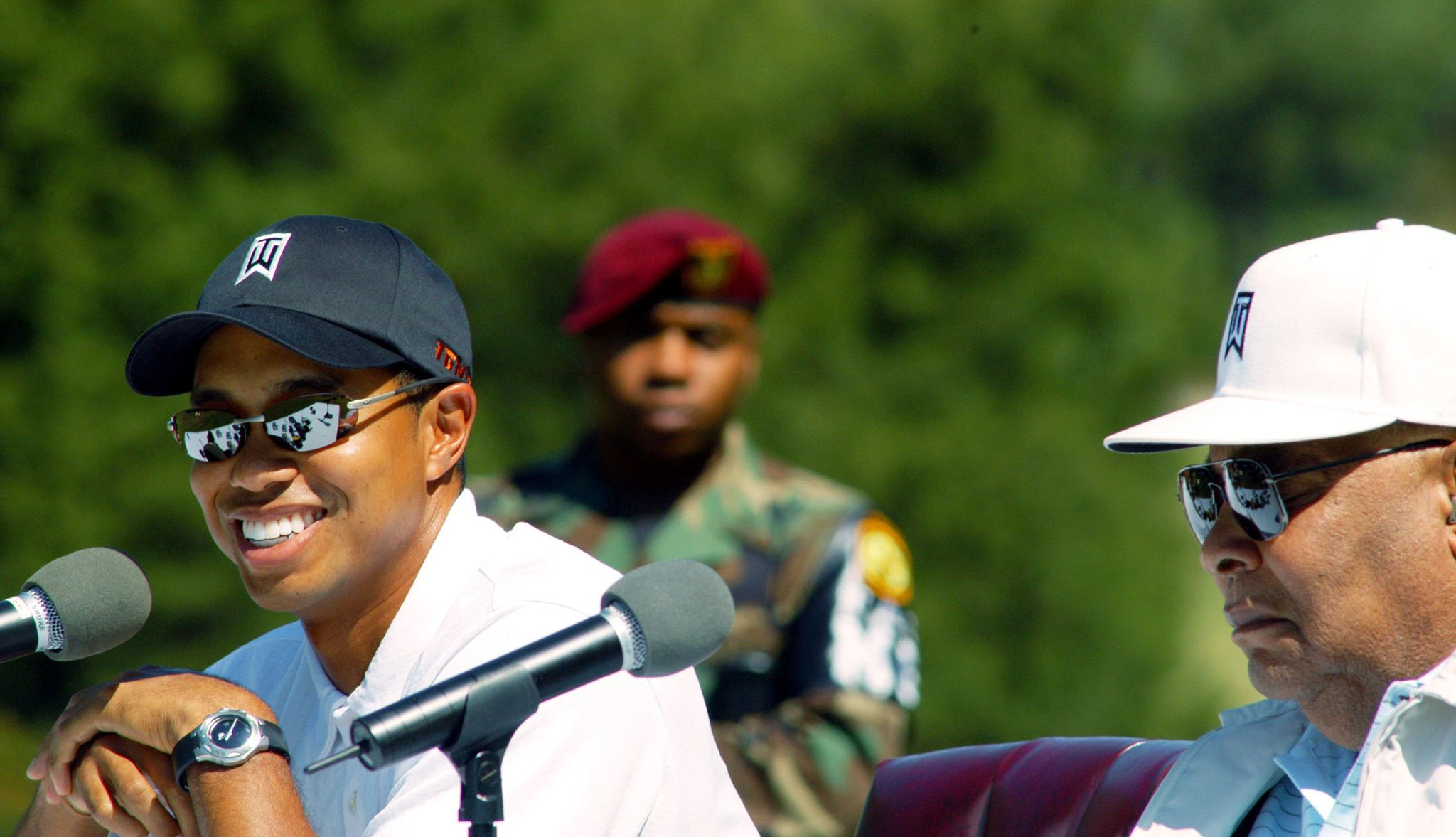AARP Hearing Center


In April 2004, Tiger Woods, then 28 and already a superstar in the golf world, headed to the United States Army garrison in Fort Bragg, North Carolina. He wanted to better understand what his father, Earl, had gone through to train at that very camp as a Green Beret during the Vietnam War, and also to honor the active-duty soldiers there. In this excerpt from bestselling author James Patterson, Tiger and his father find another tie to help build their father-son relationship.
Tiger is the only soldier reporting for duty in a private jet. After touching down at Pope Air Force Base, he makes a quick transfer to Fort Bragg [now Fort Liberty], where he’s issued a camouflage uniform tagged with his name, then meets the troops and is briefed on the installation where his father, Earl, trained between his two Vietnam tours, in 1963 and 1970.
Earl and several of his old Special Forces buddies accompany Tiger to the base. “It was the thrill of a lifetime for me,” Tiger says. “To see my father’s group, the ‘Sixth Group,’ which no longer exists in Green Berets, to see some of the guys my dad served with in Nam, man that was really cool.”
“Tiger’s interest in exploring the military firsthand means a great deal to me, especially since he’s chosen my former training ground,” his father says. “I will not be with him during his training exercises,” Earl, who totes an oxygen tank these days, notes dryly. “But I’ll have plenty to talk to him about when he finishes.”


Fort Bragg spokesman Lieutenant Colonel Billy Buckner admits that Tiger isn’t getting the full military experience. “He’s not going to have a drill sergeant barking up and down at him and yelling at him to get in line,” Buckner says, but he will “get some exposure and experience with how Special Forces operators conduct business.”
“If I was never introduced to golf, I would be doing something like that,” Tiger says in agreement. “Hopefully, something in the Special Ops arena. It’s the physical and mental challenge of it all. We’ll see what happens.”
Earl is curious, too. Tiger, he says, is “a very independent individual, and he plays an individual sport. Quite frankly, he’s not in the business of people telling him what to do.” Tiger, Earl declares, will “learn an awful lot about himself, and how he can handle it. He’ll come out a lot stronger than he went in.”






























































You Might Also Like
Read James Patterson’s Thriller ‘The Trial’ Free Online
Featuring the popular Women’s Murder Club, this gripping novella is available in its entirety here for AARP members
Read James Patterson’s Novella ‘Chase’ Free Online
When a man falls to his death, it looks like a suicide, but Detective Bennett finds evidence suggesting otherwise
Practical Tips for Starting a Book Club
Whether you’re looking to read more or simply be in good company, here’s our guide to making it a success
More Members Only Access
Enjoy special content just for AARP members, including full-length films and books, AARP Smart Guides, celebrity Q&As, quizzes, tutorials and classes
Recommended for You